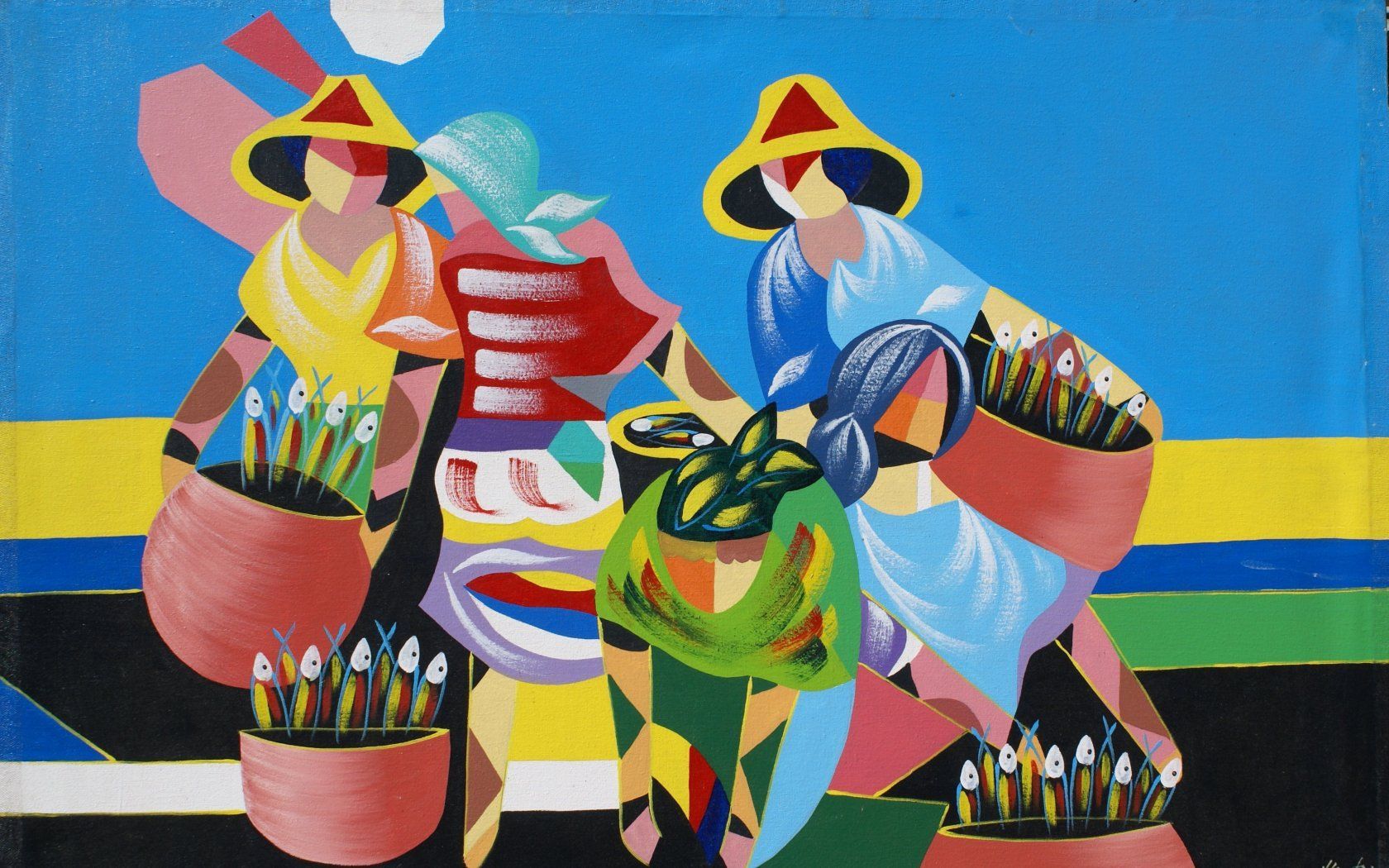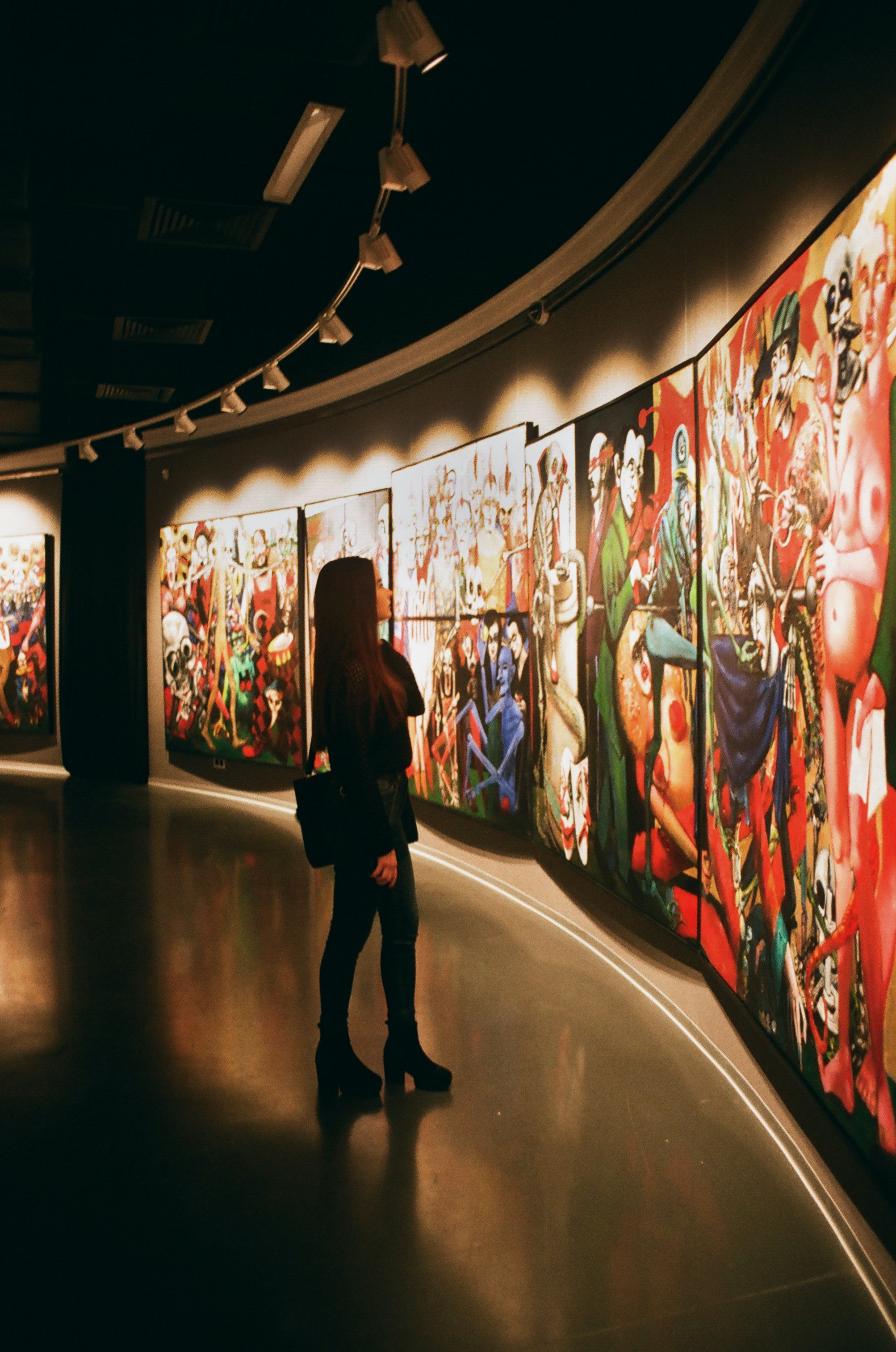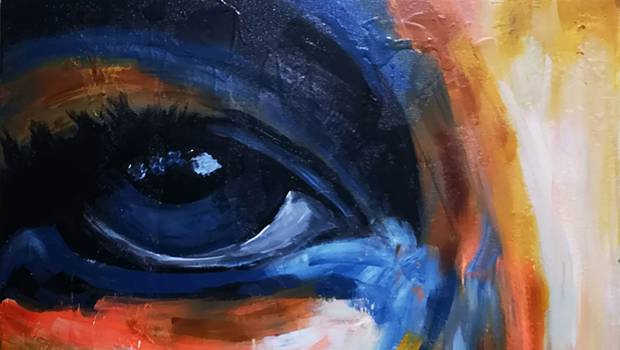Context

The global pandemic, which led to massive lockdowns across many countries, has affected almost all socio-economic sectors worldwide. Every industry had to adapt to major supply-chain disruptions, business closures, restrictions on people’s mobility, and other adverse and unplanned multiplier impacts. They attempted to make due adjustments while the pandemic was ongoing. Most industries shifted towards a “work from the home” environment or adapted to a skeletal workforce during the pandemic. The worst-hit industries resorted to massive layoffs and work cancellations. One socio-economic sector that was greatly affected by such large-scale disruptions in the various fields of arts and related creative industries.

The arts industry in the Philippines is in a unique situation in this respect. According to a report by the United Nations Conference on Trade and Development (UNCTAD) in their Creative Economy Outlook in 2018 report, the Philippines exported over 3.2 million dollars worth of creative exports in 2014. Furthermore, the art industry in the Philippines makes up 6% of the country’s annual GDP1. But due to the global pandemic, the art industry of the Philippines has suffered a concerning 55% decrease” according to a report done by UNESCO in 20212.

These figures most probably underestimate the adverse effects, since significant sections of the art sector are in the so-called “informal sector” and composed of self-employed people whose art-related livelihoods are not fully reported by the National Statistics Authority (NSA) and the National Economic and Development Authority (NEDA). Just consider, for example, the big number of working students who are into minor or sideline occupations as gig musicians, makers and sellers of craft items, computer-shop artists, and so on.

Moreover, UNESCO attributed this decrease to the closure of several avenues due to public health concerns wherein physical contact is necessary, such as museums, theaters, art exhibits, concerts, workshops, book fairs, interactive shows, and design services.

Finally, in developing countries like the Philippines, there is a vast yet untapped potential for creative talents and skills lurking among ordinary people, even in rural areas. This potential is often unnoticed because their artistry is subsumed into tourism-related goods and services such as those usually seen around beach and mountain resorts, scenic spots, highway stopovers, hotels and lodging facilities, and other tourist destinations.
